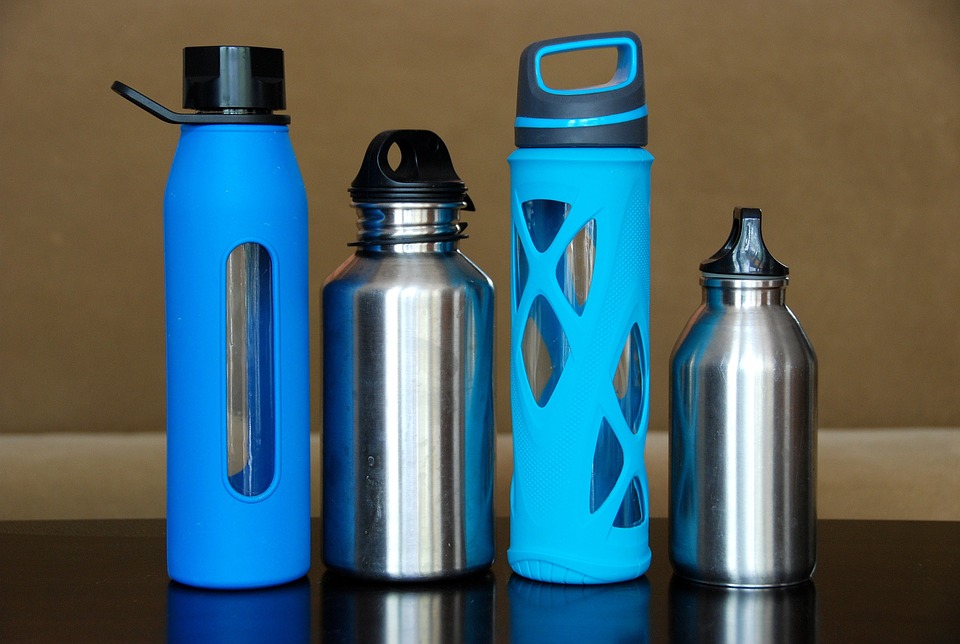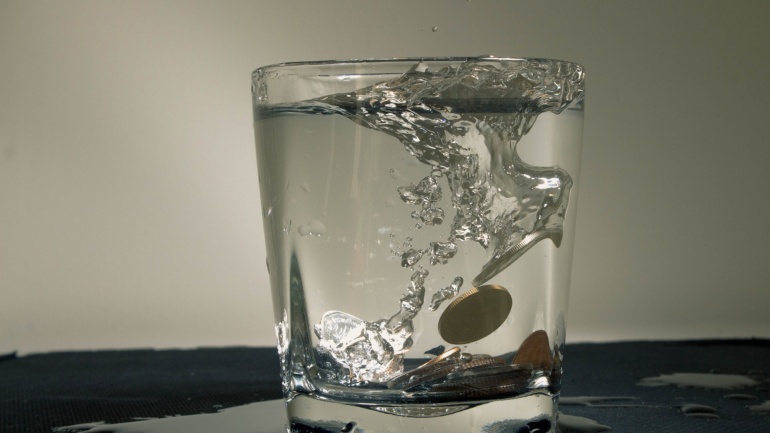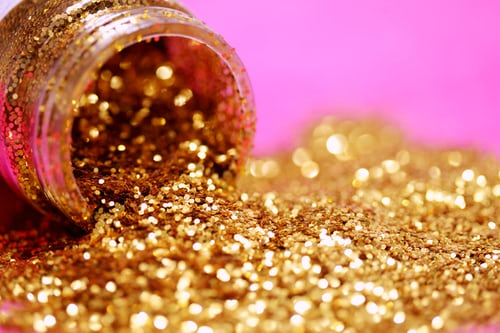By Nick Law, Staff Writer for Save The Water™ | August 3, 2015
Bottled water is a common sight everywhere in North America. People pick it up in packs of several dozen from the grocery store, carry it along on their jogs in the park, and wash down their meals with it. Some individuals make it a point to drink only premium brand bottled water, and the more extravagant among us even use it to wash their faces or brush their teeth. Common knowledge suggests that drinking bottled water is a clean, safe, and — depending on how well a particular brand is marketed — healthy way to quench our thirst.
However, that is not always true. In June 2015, Niagara Bottling released a voluntary recall announcement for 14 brands of bottled water, citing a possible E. Coli contamination as the reason. These brands are Acadia, Acme, Big Y, Best Yet, 7-11, Niagara, Nature’s Place, Pricerite, Superchill, Morning Fresh, Shaw’s, Shoprite, Western Beef Blue, and Wegman’s (Rhodan). E. Coli is a bacteria that can cause vomiting, diarrhea, fevers, and stomach cramps when introduced into the human body. It can even induce hemolytic uremic syndrome — a potentially fatal condition — in a significant percentage of children and elderly people (“E. Coli”). According to the CDC, there have been at least eight major outbreaks of illnesses in North America due to contaminated bottled water since 2000 (“Commercially Bottled Water”).
Bottled water has always been thought to be cleaner and safer than tap water, and indeed, many bottling companies do implement stringent manufacturing processes. Nestle, for example, collects water from regularly-tested sources such as local wells or municipal water supplies. This water is then put through several stages of chemical treatment, disinfection, and purification. An independent laboratory conducts a final round of quality testing prior to its bottling and distribution (“14 steps quality process for purified water”). On top of all these procedures, the U.S Food and Drug Administration (FDA) also conducts its own routine testing and enforces government regulations of the production and distribution of bottled water. How is it possible then, for any contaminated bottled water to have found its way into the market for general consumption?
According to the NRDC, water sources in North America are already exposed to chemical and bioorganic pollutants on a regular basis due to toxic and industrial runoff (“Water”). Bottling companies in America attain their product from such sources, but they have no legal obligation to ensure that their product is completely clean and safe for consumption; they only need to meet the minimal standards laid down by the FDA, which “establishes allowable levels for contaminants in bottled water” (Posnick and Kim). These contaminants range from various forms of coliform bacteria — a common indicator of fecal contamination — to arsenic, nitrate, and other forms of chemical carcinogens (Olson), all of which can build up in the human body over time.
Moreover, the FDA only establishes and enforces regulations. It is up to individual bottling companies, which do not require any license or permit to market their products, to adhere to these rulings by whatever method they choose and submit water samples for independent testing only when asked to do so by the FDA (Posnick and Kim). Therefore, the bottled water industry is, for all intents and purposes, a self-policing one; water quality monitoring policies are largely voluntary and internally regulated. This means that bottled water can be contaminated through accident or negligence, easily make its way into the market, and then cause a major illness outbreak before being discovered and recalled by local authorities, by which time it is far too late for the unfortunate consumers.
How then, should you approach bottled water? Ultimately, it would be alarmist and unreasonable to assume that all bottled water is unsafe for consumption. Most bottling companies do indeed practice scrupulous and ethical manufacturing, storage, and handling processes, and for the most part, bottled water is safe for consumption and an undeniably convenient way to quench your thirst. Nevertheless, there are many other issues with drinking bottled water, such as the waste and pollution generated in its production and packaging and the fact that in North America, bottled water is similar to tap water. So rather than buying a bottle of water on your way to work today, fill up a reusable water bottle from your tap instead.




